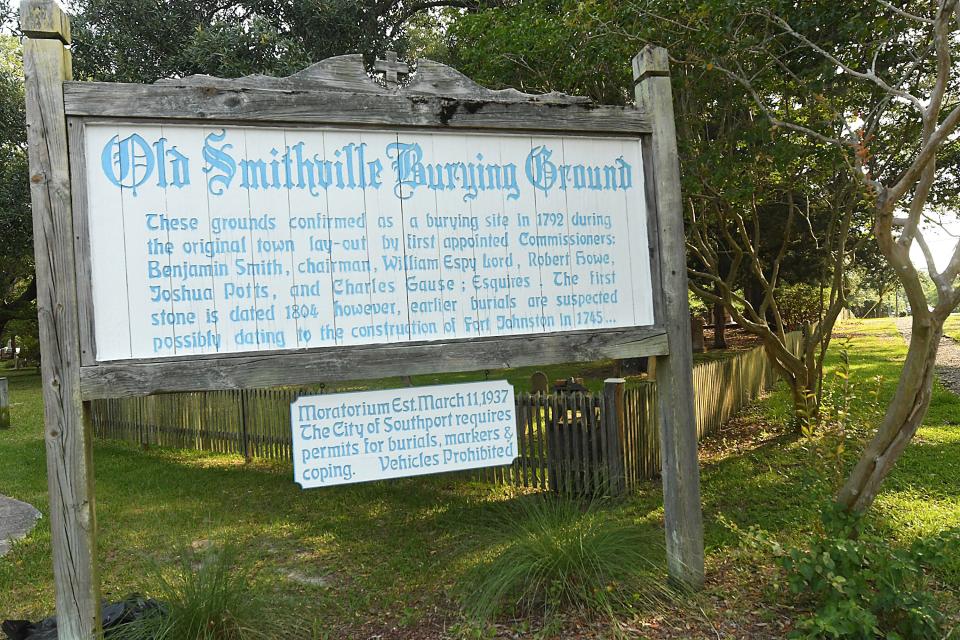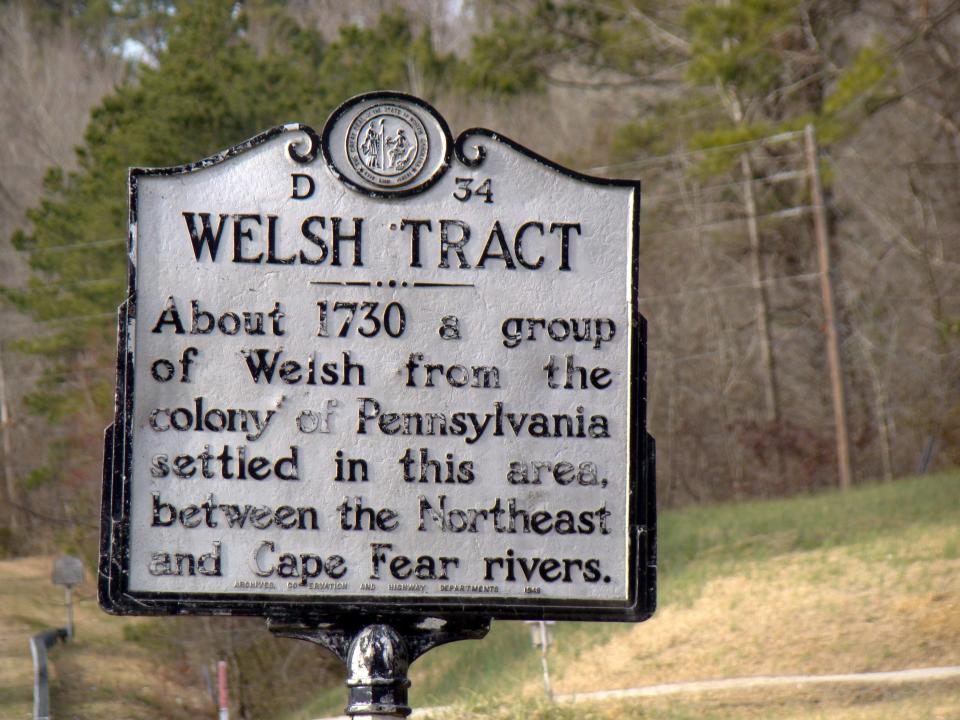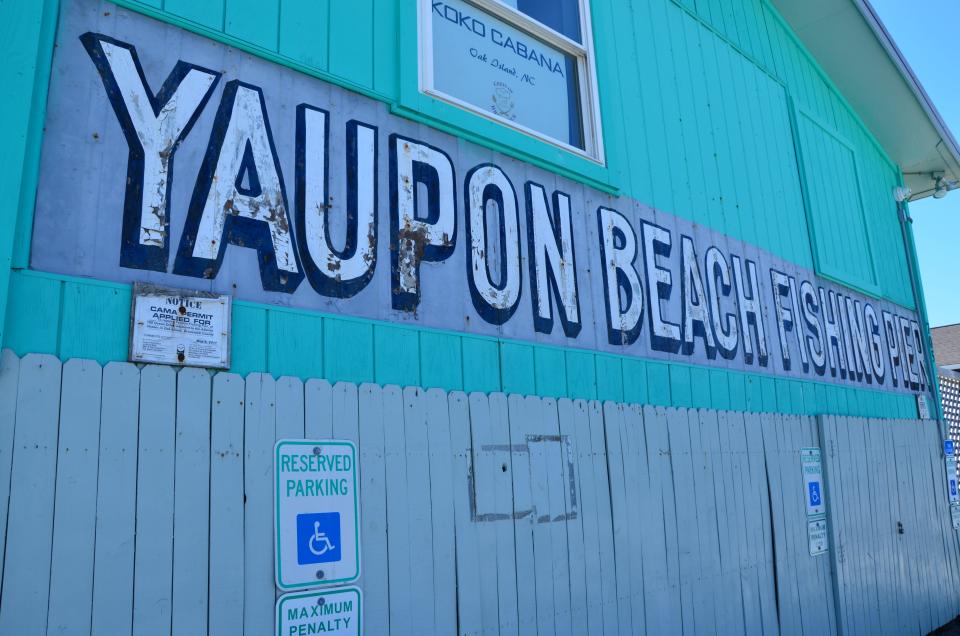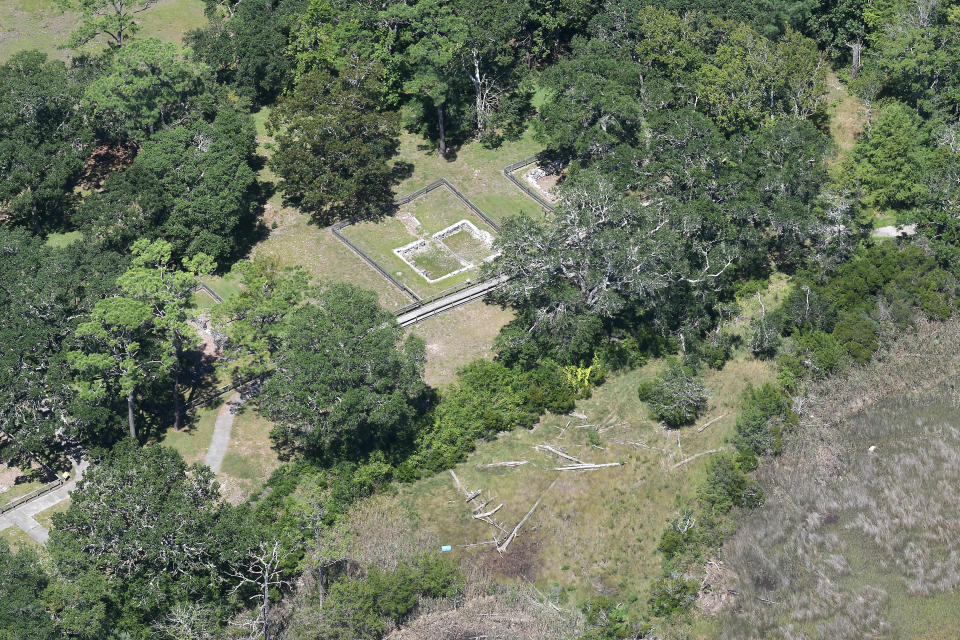6 Wilmington-area places that once had a different name
Do you ever wonder about the names of towns or cities? How and why did they get their names? What is the history or meaning behind their names?
Here are six places in the Wilmington area that were once known by another name.
Southport

The city of Southport was originally named Smithville. In 1792 to honor Benjamin Smith, a colonel in the Continental Army during the Revolutionary War, the town was named Smithville. In 1887, Smithville was renamed to Southport in hopes to rebrand it as a shipping port for the area.
There are at least two nods to the former name seen today: the Old Smithville Burying Ground, one of Southport's oldest graveyards and contains graves dating back to the 1700s, and Smithville District Park, located on River Road, S.E.
Wilmington
Wilmington founded in the 1730s, had a succession of names in its earliest years ― New Carthage, New Liverpool, New town or Newton and finally Wilmington. It was named Wilmington in 1739/40 in honor of Spencer Compton, Earl of Wilmington, and patron of Royal Governor Gabriel Johnston. Wilmington is a port city and the county seat of New Hanover County.
Watha

On early maps, Watha was listed as Welsh Tract because of its early settlers. In the mid-1730s, a group of Welsh settlers established themselves in New Hanover County in an area known as the Welsh Tract. A 1738 map of North Carolina shows two Welsh settlements, one on the northeast Cape Fear River in Duplin County, the other on the Cape Fear in Pender County. It was also called South Washington, before it moved to the current location with the construction of the railroad.
The book "History of Pender County" by Mattie Bloodworth states Watha was a little town on the Atlantic Coast Line Railroad, formerly located on Washington Creek near the river and known as old South Washington. It was connected with Wilmington and Goldsboro by stagecoach. Around 1836 it was moved to the present site when the railroad was built, still going by the name South Washington. Later when another town in the state name Washington caused confusion with the mail being sent to the wrong the town, the name was changed to Watha.
Oak Island

The town of Oak Island, a seaside community in Brunswick County, was formed from the towns of Yaupon Beach and Long Beach, which both were incorporated in 1955 and shared an island 15 miles long. Yaupon Beach encompassed the named streets (like Trott and McGlamery streets, etc.), and Long Beach was in the areas with the numbered streets (1st, 42nd, etc.). On July 1, 1999, the two towns merged, becoming the town of Oak Island.
More: Oak Island marks 20 years
Brunswick Town

A prominent colonial town in North Carolina, Brunswick Town was the first successful European settlement in the Cape Fear region and a major British port in the 18th century. In 1776 and 1781, Brunswick Town was burned by the British and left in ruins. During the American Civil War, Brunswick Town was again in the middle of another American struggle. That year, Fort Anderson was constructed over the colonial ruins of Brunswick Town. A number of factors contributed to the decline and final end of Brunswick Town. According to one historian, one of those factors was disease in the area.
The remains of Brunswick Town are now a state historic site ― Brunswick Town/Fort Anderson State Historic Site. It is located at 8884 St. Phillips Road, S.E., Winnabow.
This article originally appeared on Wilmington StarNews: Wilmington, NC places that once had a different name

